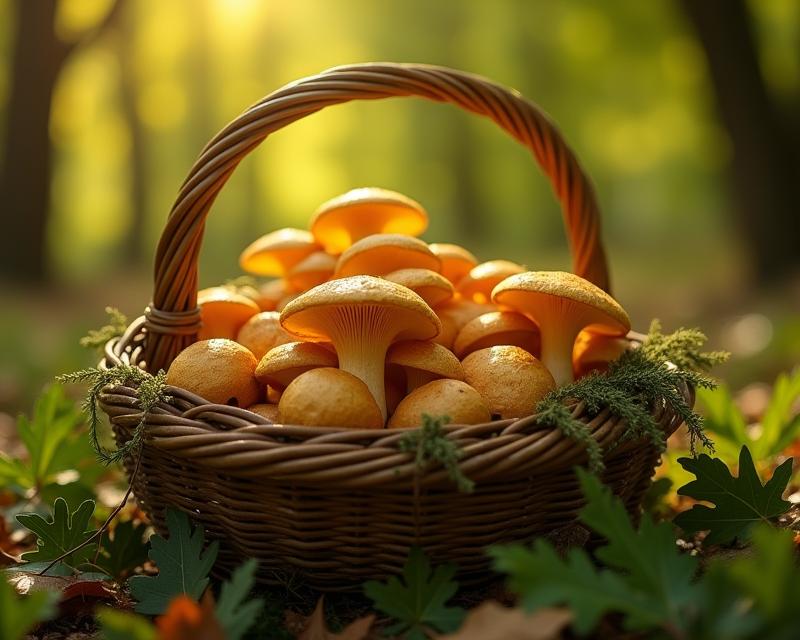Wild Senderuela Mushrooms: A Taste of Spanish Folklore
Publish in Crops el 21/07/2025 20:12
Wild Senderuela Mushrooms: A Taste of Spanish Folklore
Have you ever heard of Senderuela mushrooms? These aren't your average grocery store fungi! Found throughout the Mediterranean region, particularly in Spain and Portugal, Senderuela ( *Xerocomellus chrysenteron*) are prized for their distinctive aroma and earthy flavor. They're a fascinating part of the region's culinary heritage and offer a unique addition to any farm-to-table experience. As farmers and gardeners, understanding these wild edibles can open up exciting possibilities for diversifying your offerings and connecting with local traditions.

Senderuela mushrooms thrive in oak and beech woodlands, often appearing in the autumn months after rainfall. They're typically found growing in clusters at the base of trees, and their golden-yellow hue makes them quite easy to spot. It's important to note that proper identification is crucial before consuming any wild mushroom. Always consult with an experienced forager or mycologist to ensure you're dealing with Senderuela and not a look-alike species. Misidentification can have serious consequences!
But what makes Senderuela so special? Beyond their beautiful appearance, these mushrooms boast a complex, aromatic flavor profile. Many describe notes of hazelnut, spice, and a hint of truffle. This unique taste makes them a fantastic ingredient in traditional Spanish stews, particularly those featuring meats like rabbit or pork. They add depth and richness to the dish, elevating it beyond the ordinary. In fact, Senderuela are often simmered for extended periods to allow their flavors to fully develop, creating a truly unforgettable culinary experience. They are also delicious sautéed with garlic and olive oil, or added to pasta dishes.
For those interested in incorporating Senderuela into their farm or garden, it's important to remember that these are wild mushrooms and cannot be cultivated commercially. However, promoting and protecting the habitats where they grow can be beneficial. Consider partnering with local foraging groups or offering guided mushroom walks to educate the community about these fascinating fungi. Furthermore, understanding the ecological role of Senderuela – their relationship with trees and the soil – can inform sustainable land management practices on your farm. By appreciating and preserving these wild treasures, we can contribute to both culinary traditions and environmental health. It's a wonderful way to connect with the natural world and add a touch of Spanish folklore to your farming endeavors.





